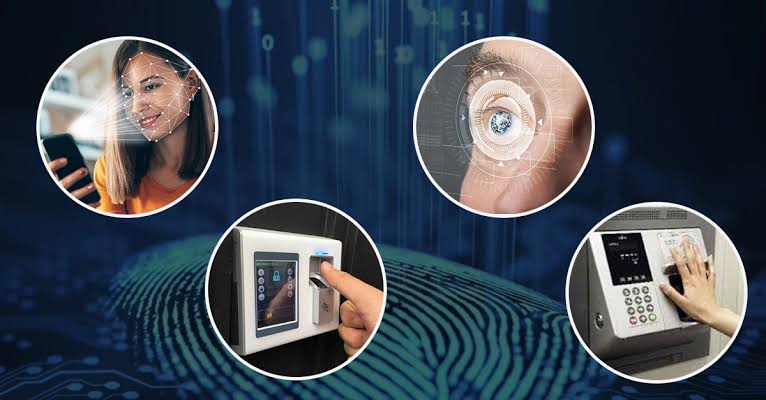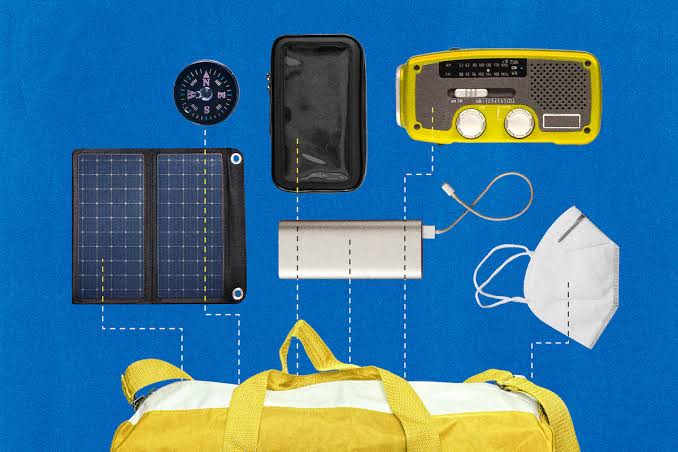The need for secure and convenient authentication methods has become more critical in today’s digital age. Traditional systems like passwords and PINs are increasingly seen as vulnerable, often leading to breaches and identity theft. Biometric gadgets are now transforming authentication, offering faster, safer, and more reliable ways to verify identity. As technology advances, the future of biometric gadgets looks promising, with innovations set to redefine how individuals and organizations protect sensitive information.
Rise of Multi-Modal Biometric Authentication
The future will see a shift from single biometric methods, like fingerprint scanning, to multi-modal systems that combine several biometric traits for greater security.
- Devices will integrate fingerprints, facial recognition, voice recognition, and even iris scans.
- Combining biometrics reduces the risk of spoofing or forgery.
- Multi-modal gadgets will likely become standard in banking, healthcare, and government services.
This approach strengthens trust and makes authentication more resilient against cyber threats.
Wearable Biometric Gadgets
Wearables are expected to play a big role in biometric authentication. Smartwatches, fitness bands, and even smart glasses will act as portable identity-verification devices.
- Continuous authentication will be possible, as wearables can track heart rate, gait, or other unique biological patterns.
- Users won’t need to repeatedly log in to devices since wearables can confirm identity seamlessly.
- Biometric-enabled wearables will improve workplace access, payment systems, and healthcare monitoring.
This development highlights convenience while maintaining security at all times.
Biometric Gadgets for Payment Systems
Cashless transactions and digital banking demand stronger verification. Biometric gadgets will soon dominate payment authentication.
- Biometric credit cards with fingerprint sensors are already being tested.
- Mobile payment systems will expand facial and voice recognition for quick purchases.
- Gadgets like smart rings or biometric-enabled wallets may become popular in everyday use.
Such innovations will reduce fraud and make digital payments faster and safer.
AI-Enhanced Biometric Gadgets
Artificial intelligence will be crucial in the evolution of biometric gadgets. AI enhances recognition accuracy and adapts to new threats.
- AI-powered gadgets can detect deepfakes and spoofing attempts in facial and voice recognition.
- Machine learning will allow devices to adapt to changes in a person’s appearance or voice.
- AI integration will make biometric authentication smarter and nearly impossible to bypass.
This will strengthen trust in biometric-based security systems across industries.
Biometric Gadgets in Smart Homes and Cities
As smart homes and cities expand, biometric gadgets will become essential in managing security and access.
- Smart locks using fingerprints or facial recognition will replace traditional keys.
- Public infrastructure may integrate biometric scanning for transportation and city services.
- Personal gadgets will serve as digital keys, improving both safety and convenience.
This integration will bring seamless and secure living experiences.
Advancements in Behavioral Biometrics
The future will also include gadgets that recognize users by their behavior rather than physical traits.
- Typing rhythm, walking patterns, and even touchscreen pressure can act as unique identifiers.
- These behavioral biometrics can provide continuous background authentication.
- Unlike static traits, behavior-based systems are harder to replicate or steal.
Behavioral biometric gadgets will add another layer of protection to existing security systems.
Privacy and Ethical Considerations
Despite the benefits, biometric gadgets raise concerns about privacy and misuse. As the technology evolves, stricter regulations and transparency will be essential.
- Data encryption and secure storage must become standard in biometric gadgets.
- Users should have full control over how their biometric data is used.
- Governments and organizations will need to address ethical issues such as surveillance and consent.
Balancing innovation with privacy will determine how successful these gadgets become globally.
Conclusion
The future of biometric gadgets for authentication is moving toward greater accuracy, convenience, and security. With multi-modal systems, wearable authentication, AI integration, and behavioral biometrics, the possibilities are vast. These gadgets are poised to reshape industries such as finance, healthcare, smart homes, and city management. However, their widespread adoption will depend on strong privacy safeguards and ethical use. If developed responsibly, biometric gadgets will replace outdated methods, offering a safer and more seamless digital experience for everyone.




x74wjx
Oh, this is mind blowing!